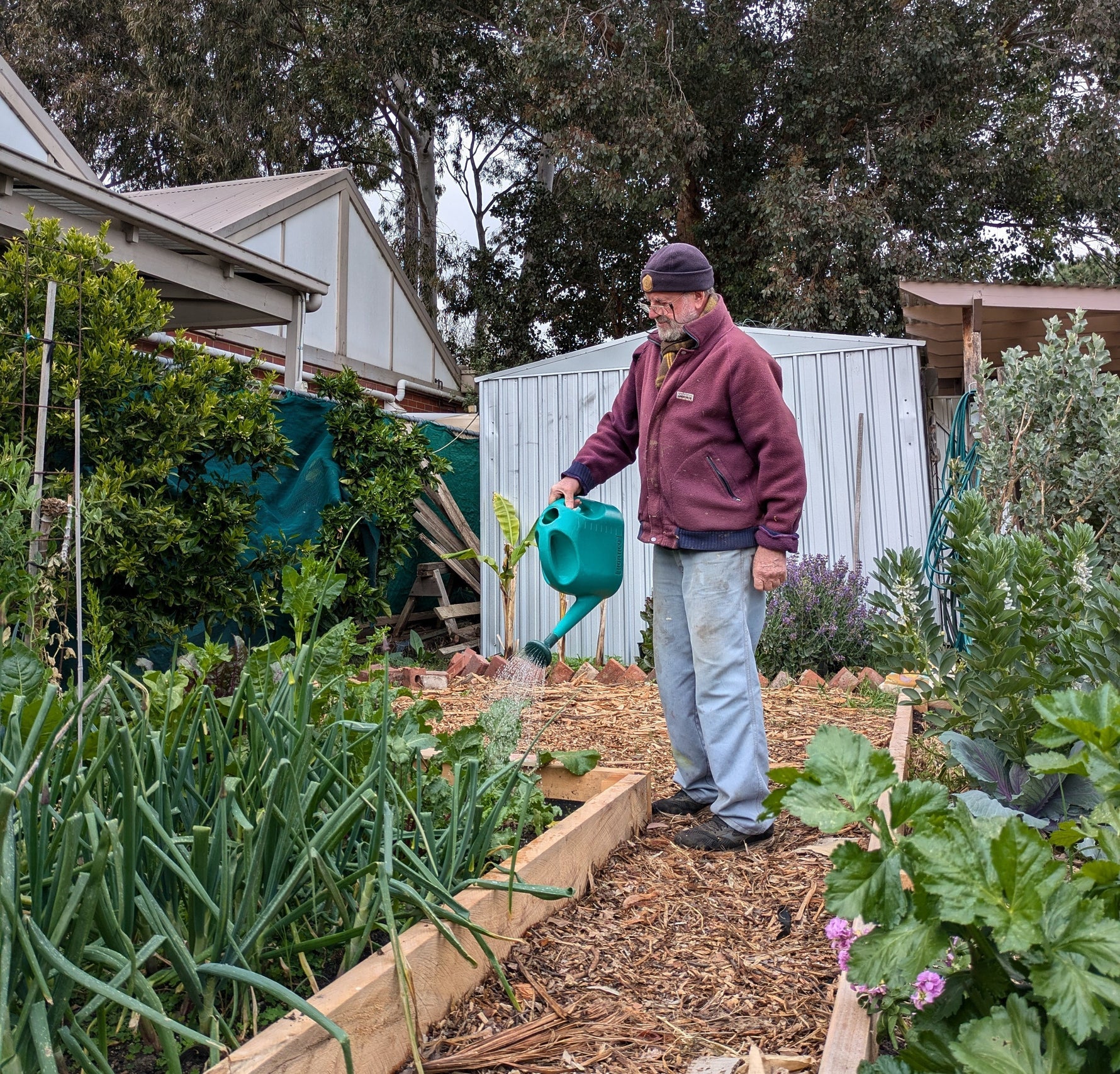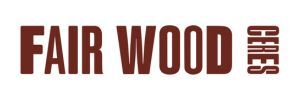In 1836 looking out from Pyramid Hill in Barapa Barapa country, Scottish surveyor Major Thomas Mitchell recorded this passage in his diary, "As I stood, the first European intruder on the sublime solitude of these verdant plains, as yet untouched by flocks or herds; I felt conscious of being the harbinger of mighty changes; and that our steps would soon be followed by the men and the animal for which it seemed to be prepared."
A harbinger indeed he was, the squatters who followed “Major’s Line” - the wheel ruts from Mitchell’s wagons visible in the fertile soils even decades later - would destroy these verdant plains in a little more than two generations.
Mitchell was right the land had been “prepared”. Barapa Barapa, Djab Wurrung,Dja Dja Wurrung, Eastern Maar, Gunditjmara, Jardwadjali, Jupagalk, Taugurung, Wadawurrung, Wergaia and Wotjobaluk peoples had been managing their country with fire and controlled grazing for millennia.
After the squatters cleared away the traditional owners, they cleared away most of the indigenous vegetation.
They ploughed up to a dozen times a year, they over-stocked their pastures with sheep, what little was left was stripped to the roots by plagues of rabbits.
We don’t hear much about it but this was the start of Victoria’s own dustbowl; it would last 50 years and be remembered as the time our skies turned an apocalyptic red.
These were the dust storms.
Massive red clouds carrying millions of tons of soil sweeping across Victoria and New South Wales sometimes reaching as far as New Zealand’s Southern Alps
Behind the dust storms topsoil would pile up in drifts burying fences, destroying machinery and seeping into houses. In once productive paddocks wheat crops were overwhelmed by drifting sand, whole flocks of sheep were lost, cattle choked. With no soil to till, no animals left farmers walked off their properties.
In rural towns schools and businesses closed, people gasped for air and were blinded as their land simply blew away.
The wind needed to be slowed - which meant trees needed to be put back.
Nurseries were established and farmers given trees to plant shelterbelts that would slow the wind and stop the moving soil.One species, a fast growing, drought-tolerant native from South Australian Eucalyptus cladocalyx also known as the sugar gum for the sweet, sticky sap it exudes from damaged bark, became the windbreak tree of choice.
Right across Western Victoria on once cleared farms tall sugar gums grew along fencelines - the “green walls” slowed the wind, caught the dust and protected the pastures.
By the 1950s the shelterbelts had matured and the dust storms had eased. By now farmers were using the dense heavy wood from their sugar gums as fence posts and firewood and sometimes for timber. Sugar gums coppice easily handily regrowing another tree from the stump. Not having to replant their shelterbelts meant many of the original stands have been cut for timber or firewood two, three or four times and are still growing.
Sugar gum’s versatility and sustainability has not gone unnoticed.
As native forestry around Australia closes or slows down and large quantities of illegally harvested timber is being imported from overseas, sugar gum is increasingly being sourced as one of the few trusted hardwoods for building and in particular decking.
George De Silva, Fair Wood Carpentry manager, explains that most decks these days are made from Merbau, which has been completely logged out of South-East Asia and the Pacific except for a few last stands in Papua New Guinea which foreign timber companies are now racing to cut down.
George builds a lot of decks and relies on sugar gum’s natural durability and local provenance to make something that will last and that people will feel good about living with.
He points out there's a satisfying symmetry using timber from a tree that helped fix a deforestation event here a century ago that’s also helping fix another deforestation event in our neighbour’s rainforests today.
Words by Chris Ennis.













